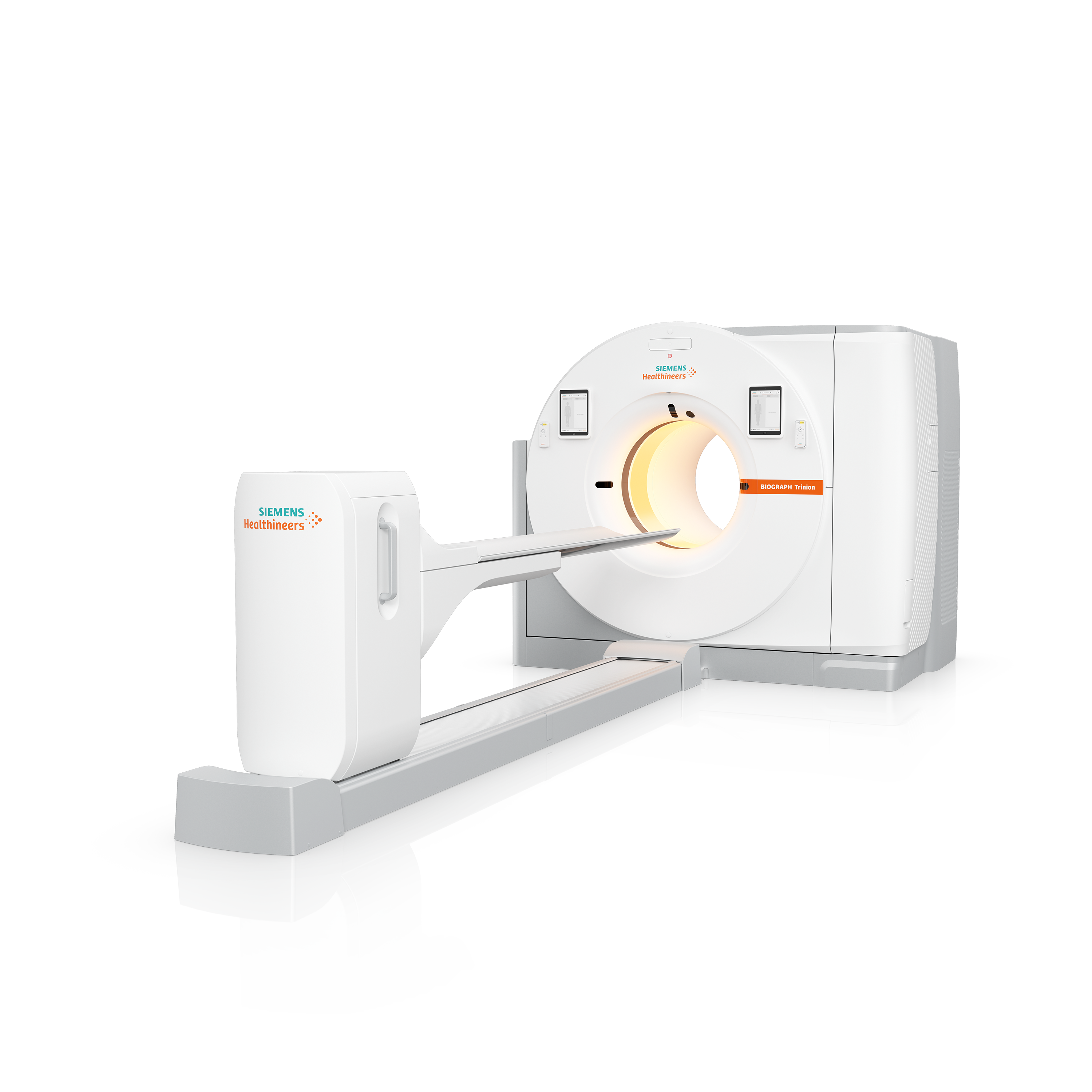Siemens Healthineers to Buy Novartis Molecular Imaging Unit for $224 Million

Swiss drugmaker Novartis has received a binding offer from Germany's Siemens Healthineers to acquire its molecular imaging business for Fluorine-18 PET scans.
The German health technology company will pay more than 200 million euros ($224 million) to acquire the diagnostic arm of Advanced Accelerator Applications, owned by Novartis.
This acquisition is expected to strengthen Siemens Healthineers' position in the medical imaging sector, particularly in the production of radioactive chemicals essential for PET scans used in cancer detection.
Subject to regulatory approval and negotiations with Novartis's works council, the deal is anticipated to conclude in the final quarter of the year.
The acquisition will enable Siemens Healthineers to expand its reach into the European market.
AAA, acquired by Novartis in 2017 for $3.9 billion, has Europe's second-largest cyclotron network, crucial for manufacturing the radioactive compounds used in PET scans to detect various diseases.
Siemens Healthineers, separated from Siemens in 2017, views this transaction as a significant step in securing a steady supply of critical materials for its imaging equipment business.
Novartis's acquisition of AAA was initially aimed at gaining access to radiopharma drugs. AAA's flagship drug, Lutathera, approved in 2018 for treating neuroendocrine tumours, is projected to achieve sales of $704 million this year.
However, Novartis decided to divest AAA's diagnostics division, the smaller segment of the business, to focus on molecular imaging growth under a dedicated diagnostics entity.
Furthermore, as part of the agreement, Siemens Healthineers and Novartis will collaborate to enhance the supply of nuclear isotopes used in radiopharma drugs like Lutathera.
Siemens Healthineers will remain a partner in the Novartis radioligand therapy (RLT) business, reported Reuters.
According to the US National Cancer Institute, Fluorine-18 is a radioactive substance that is being studied in PET imaging to diagnose cancer and find out how well some cancers respond to treatment.
